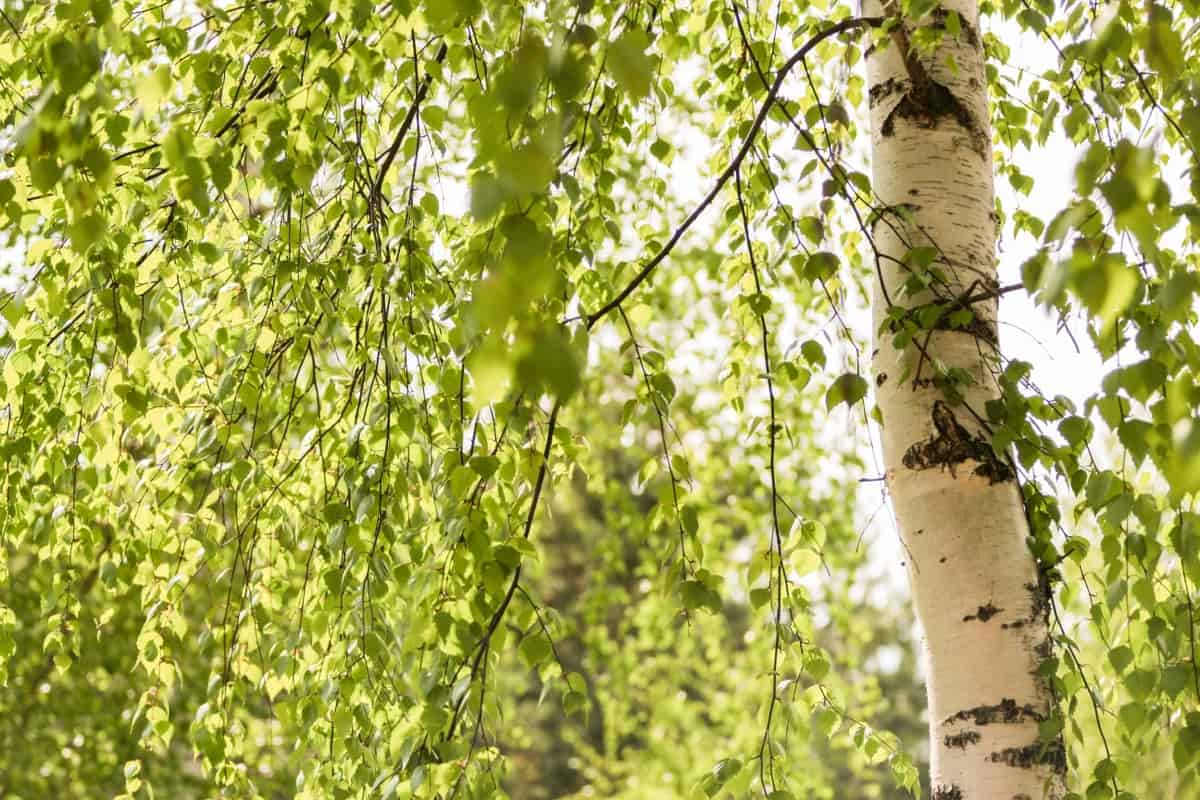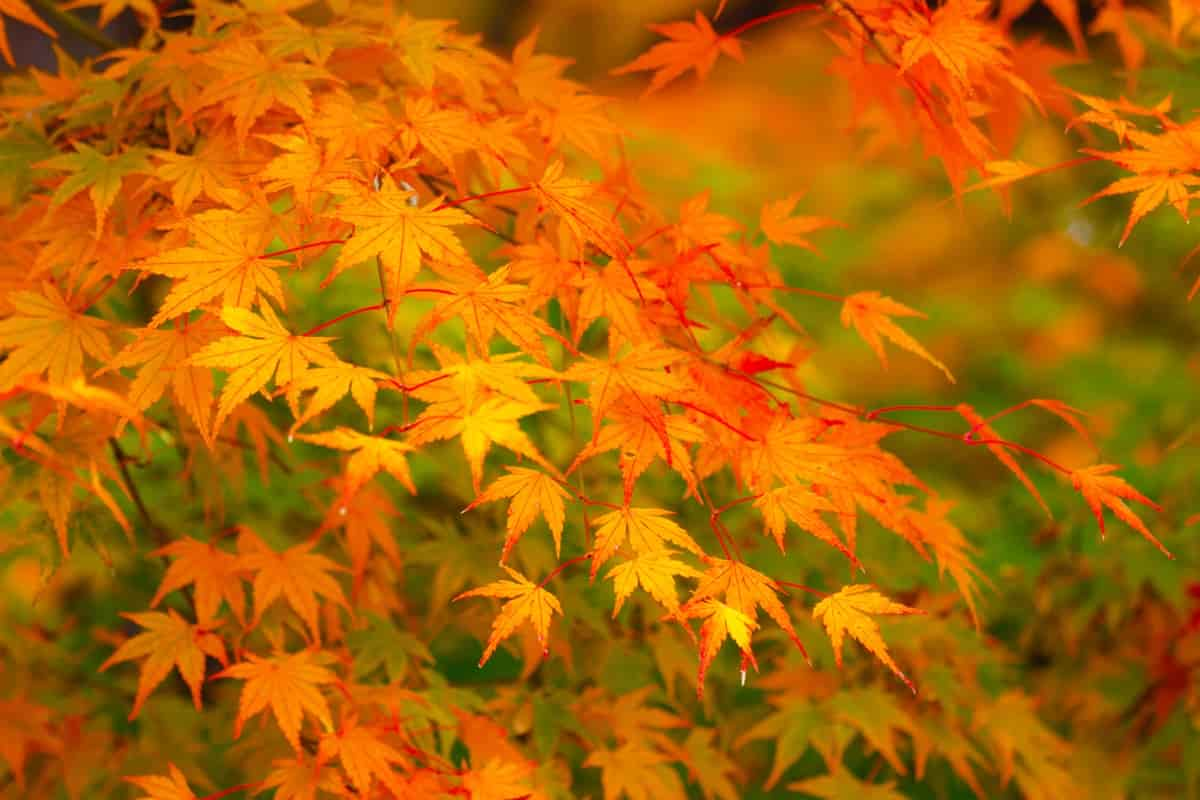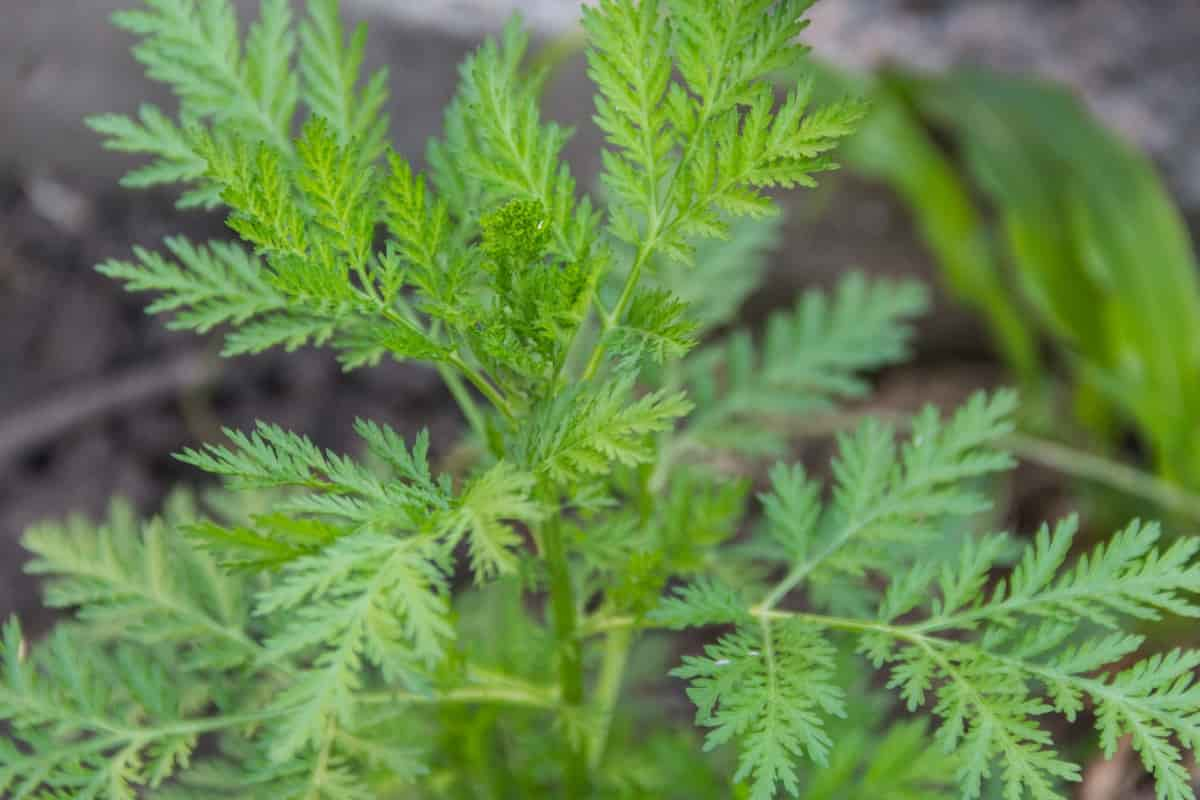You’re not alone if you’ve ever wondered which plants cause the most allergies. For many, “spring fever” doesn’t evoke images of blossoming trees and blooming flowers but rather the unpleasant reality of sneezing, congestion, and itchy eyes. Certain plants have developed a notorious reputation for being highly allergenic pollen producers, from ragweed to oak trees.
Which plants cause pollen allergy, and what flower produces the most pollen? There’s much to consider when identifying the culprits behind plant allergies, rash, and flower allergy symptoms. For the best outdoor plants for allergy sufferers, you might want to think about low-pollen flowers and what to send someone who is allergic to flowers. But first, let’s delve into the plants you should avoid.
10 Worst Plants for Allergies
Grasses
Following close behind ragweed are various types of grasses. These include common species like Bermuda, Timothy, and Kentucky bluegrass, prevalent in many lawns and open fields. The pollen grains from these grasses are small but potent, often causing severe reactions in sensitive people.

These grasses generally bloom from late spring to early summer, making them a constant concern for individuals suffering from pollen allergies during these seasons. As the grasses release their pollen, it disperses into the air and causes widespread allergy symptoms, which can be highly disruptive for those affected.
Ragweed (Ambrosia)
Ragweed is one of the most prevalent sources of allergic reactions, especially in the United States. This plant is especially problematic in late summer and fall, releasing large quantities of pollen into the air that can travel great distances. Its pollen is incredibly lightweight and floats easily, making it highly invasive and difficult to avoid. This common weed is usually found in rural areas and empty lots but can grow in urban settings.
Sufferers experience the usual allergy symptoms, such as sneezing, nasal congestion, and eye irritation. Given its widespread distribution and propensity for causing allergies, ragweed tops the list as one of the worst offenders for people with pollen sensitivities.
Birch Trees
Birch trees are another major source of allergenic pollen, particularly in the northern hemisphere. The pollen from these trees tends to be highly irritating for those with sensitivities, triggering symptoms that range from mild irritations to severe respiratory issues. Generally, birch trees release pollen from late winter to early spring, creating a cloud of allergens that can be difficult to escape. Their pollen also sticks to surfaces, including clothing and hair, making it especially troublesome for those outdoors.
In case you missed it: 11 Allergy-friendly Plants for your Home Garden: For Pots, Indoor, and Outdoor

Oak Trees
Oak trees, commonly found in various parts of the United States, are notorious for their pollen production. The tree pollen is worst for allergies compared to other trees, and it is especially potent during the spring months when oak trees are in full bloom. Though oak tree pollen grains are relatively heavy and don’t travel as far as other types, they still find their way into homes and cars, causing allergic reactions. This type of pollen can induce severe symptoms like itchy throat, watery eyes, and even shortness of breath in some cases.
Pine Trees
These trees release their pollen during the spring months, and although the pollen grains are relatively large and heavy, they can still be carried by the wind to surrounding areas. People allergic to pine tree pollen often experience the standard symptoms, such as sneezing, runny nose, and itchy eyes.
In more severe cases, exposure to pine pollen can lead to respiratory issues like wheezing and difficulty breathing. Unlike other types of trees that shed smaller, lighter pollen grains, pine trees release clumps of pollen that can often be seen covering outdoor surfaces. While these larger clumps might not travel as far, they can still wreak havoc on allergy sufferers when disturbed.
Mulberry Trees
The pollen from mulberry trees is highly allergenic and can result in various symptoms, from mild irritation to severe allergic reactions. Like other types of trees on this list, mulberry trees release their pollen into the air, which can easily be inhaled or come into contact with the skin. This causes symptoms like sneezing, nasal congestion, and irritated eyes, similar to those triggered by other allergenic pollen types.
For those who live close to mulberry trees, the spring season can be particularly challenging. These trees are prevalent in both rural and urban settings, making it difficult for people to avoid exposure, especially during the trees’ peak blooming period.
Maple Trees
While maple trees are less commonly associated with severe allergic reactions than other types on this list, they are a source of allergenic pollen. The trees typically bloom in the spring, releasing their pollen into the air where it can easily be inhaled or come into contact with skin, leading to allergic reactions for sensitive people. People with maple tree allergies often experience symptoms similar to those caused by other tree pollens, including nasal congestion, sneezing, and irritated eyes.
In case you missed it: Best Fertilizer for Maple Trees: Autumn Blaze, Red, Sugar, and Japanese Maple Trees

Cedar Trees
Cedar trees, particularly those in the Western and Southwestern United States, are a significant source of highly allergenic pollen. These trees release pollen during the colder months, usually from late winter to early spring. This can be a challenging time for individuals with sensitivities to cedar pollen, as the symptoms can be quite severe. From itchy, watery eyes to sneezing and throat irritation, cedar trees are a major concern for allergy sufferers who reside in areas where these trees are prevalent.
Juniper Trees
Juniper trees are common in many parts of the United States, especially in arid regions. While they may look innocuous, these trees are a significant source of allergenic pollen that can cause discomfort for many. Pollen from juniper trees typically disperse from late winter to early spring, when people are eager to enjoy the outdoors again. These pollens can travel far and wide, easily entering homes through open windows and doors.
Allergy symptoms triggered by juniper trees are similar to those caused by other tree pollens, including nasal congestion, sneezing, and itchy, watery eyes. The airborne pollen grains are small enough to be inhaled, leading to more severe symptoms such as asthma attacks or exacerbations of existing respiratory conditions. For those living in areas where juniper trees are prevalent, it’s crucial to be vigilant during their blooming season and take appropriate measures to minimize exposure
Mugwort
Mugwort is a common herbaceous plant that is another culprit for triggering allergies. The plant flowers in late summer to early fall and lets out pollen into the air. This type of pollen is highly allergenic and can cause various symptoms, from sneezing and itchy eyes to more severe respiratory problems. Mugwort is particularly problematic for those with food allergies, as it can cross-react with certain fruits and vegetables, making symptoms even more difficult to manage.
In case you missed it: How to Grow and Care for Organic Mugwort: Guide for Planting to Harvesting

Conclusion
Understanding which plants and trees are the worst offenders of allergies can make a significant difference in managing symptoms. From juniper and pine trees to mulberries, being aware of these highly allergenic pollen producers can help you take precautions and make more informed choices for a more comfortable life.
- Feed Your Flock for Less: Top 10 Tips to Save on Chicken Feed
- Ultimate Guide to Ossabaw Island Hog: Breeding, Raising, Diet, and Care
- Hatching Answers: The Top 10 Reasons Your Chickens Aren’t Laying Eggs
- Eggs and Economics: Breaking Down the Cost of Raising Backyard Chickens
- Defend Your Greens: Proven Methods to Keep Iguanas Out of Your Garden
- Ultimate Guide to Cinnamon Queen Chicken: A Comprehensive Guide for Beginners
- Ultimate Guide to California Tan Chicken: Breeding, Raising, Diet, Egg-Production and Care
- Ultimate Guide to Marsh Daisy Chicken: Breeding, Raising, Diet, and Care
- 10 Types of Chicken Farming Businesses You Can Start for Profits